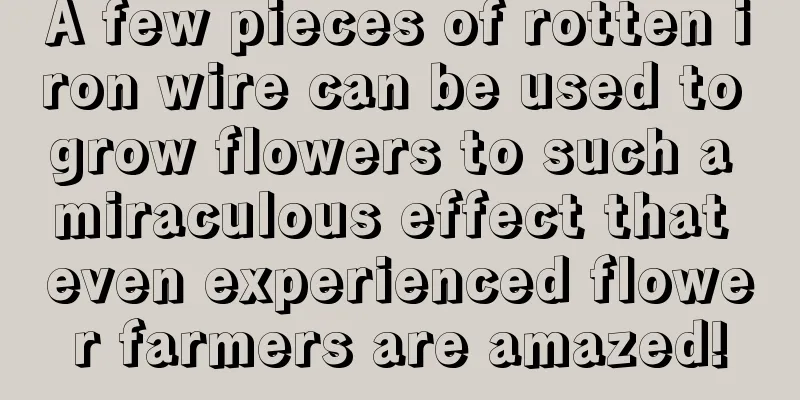How to choose a flower arrangement container

Texture of flower containerThe containers are made of various materials, such as pottery, porcelain, glass, bamboo, etc. Different textures are matched with different flowers to form flower arrangement works of art in different styles. For example, peonies and peonies need to be paired with magnificent porcelain, while wild flowers and wild grasses are paired with bamboo containers, which has a unique flavor. The shape of the flower containerThe containers also come in a variety of shapes and are abstractly classified into two types: shallow tray and tall style. You can freely choose according to your personal needs and preferences. Generally speaking, for beginners, you can first choose to try using a shallow plate to practice the basic skills of flower arrangement. The color of the flower containerGenerally speaking, it is suitable to use containers with simple and plain shapes and colors for flower arrangements. If you use a multi-colored container, the color should be simple and one of the colors of the container. This will highlight the flowers and coordinate the two. We must always remember that the unity and coordination of flowers and containers is the key to an excellent flower arrangement. Generally, the colors of flowers and containers should not be too close, otherwise it will easily affect the color and composition of the work. In addition, we must pursue contrast moderately, avoid strong stimulation, and not let the flowers overshadow the others. We must grasp the principle of flowers as the main subject and containers as the supporting ones. Selection of flower arrangement accessories and embellishmentsAccessories mainly refer to small handicrafts and decorations, such as shells, bells, etc. The use of accessories helps to increase the atmosphere of the work. The lining mainly refers to the base under the container, the lining board and the ribbon flowers, gauze, lace, etc. that decorate the work. The use of accessories and linings requires a certain degree of caution to avoid abuse. The goal is to add the finishing touch to the work, emphasize coordination with the rest of the work, and avoid adding unnecessary details or overshadowing the main work. |
<<: How to care for rock peony in four seasons
>>: How to grow aster with green leaves and abundant flowers
Recommend
What fertilizer is best for cactus to grow well?
Although cactus is not a fertilizer-loving plant,...
How to plant cherry potted plants
Potting preparation for cherries flowerpot If you...
Cultivation methods and precautions of Zisun ball
1. Maintenance methods 1. Watering: The ball plan...
How to propagate Magnolia by cuttings
1. Cutting time The best time for magnolia cuttin...
How much does a banyan bonsai cost? Pictures of banyan bonsai
1. How much does a banyan bonsai cost? The price ...
Hypericum cultivation methods and precautions
1. Maintenance methods 1. Temperature: When carin...
How to care for newly bought spring orchids
1. Soil If the original soil is not good enough w...
When is the best time to prune the crabapple tree?
The effect of pruning crabapple Pruning crabapple...
How to grow lucky bamboo in water to make it more vigorous?
Using a beautiful vase and growing a few lucky ba...
What rootstock is used for rose grafting (grafting steps diagram)
1. Choosing the rootstock There are many rootstoc...
How to fertilize cyclamen when it blooms and what to do after it blooms
1. How to fertilize during flowering 1. If you wa...
How to manage azalea in winter
1. Temperature control The most commonly raised r...
Is the scented vine suitable for indoor cultivation?
1. Is it suitable for indoor breeding? The fragra...
Effects and functions of Ageratum
The ornamental value of Ageratum The plants of th...
What are the benefits of growing Osmanthus fragrans at home?
The role of Daphne odora: ornamental The golden e...









